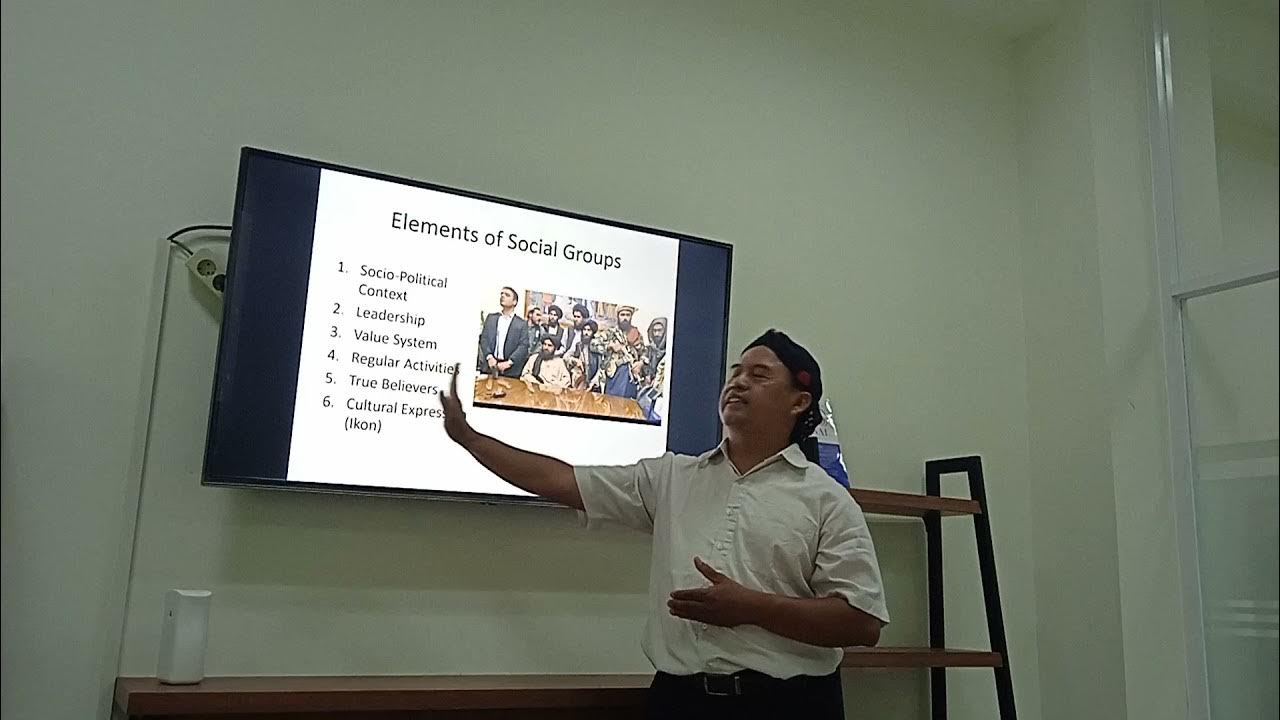MATERI DRAMA BAHASA SUNDA KELAS XII SMA/SMK
Summary
TLDRThis transcript presents a lively mix of languages and themes, blending music, greetings, and discussions around drama and cultural topics. It touches upon traditional and modern elements, including religious phrases, dramatic performance, and education, particularly in the context of the Sundanese language. The content dives into the origins and characteristics of drama, comparing ancient Greek roots with modern forms, and examines how societal narratives are represented in various art forms. Additionally, it reflects on the processes behind staging a drama, from scriptwriting to performance. The closing emphasizes cultural respect and acknowledges potential errors with a polite apology.
Takeaways
- 🎶 The script starts with a rhythmic chant-like introduction, setting a lively tone.
- 🙏 It includes greetings in various languages, such as 'Assalamualaikum' and 'Sampurasun,' indicating a multicultural and religiously respectful approach.
- 📚 The script delves into drama as a literary genre, exploring its origin from Greek language and its development in various cultures.
- 🎭 There's an explanation of drama as a form of performance, often depicting human emotions, including sorrow and happiness.
- 📖 It touches on educational content, mentioning a 12th-grade language textbook and discussing the role of textbooks in learning about drama.
- 🏫 The script explores the structural aspects of drama, such as dialogue, character interactions, prologue, epilogue, and stage directions.
- 💡 It highlights the importance of cultural and religious elements in modern storytelling, referencing real-world events like Bandung’s lautan api (sea of fire) and societal issues.
- 🎤 A part of the script focuses on vocal training and body language in acting, emphasizing the need for actors to refine their expression and gestures.
- 🔨 It mentions the collaborative nature of theater production, referencing the roles of directors, producers, musicians, and set designers in bringing a performance to life.
- 🌍 The script emphasizes the use of drama to reflect societal life, incorporating references to local traditions, religious practices, and daily experiences.
Q & A
What is the opening greeting in the script?
-The script opens with the greetings 'Assalamualaikum, warahmatullahi wabarakatuh' and 'Sampurasun,' which are Islamic and Sundanese greetings, respectively.
What is the main focus of the speaker in the script?
-The speaker focuses on discussing various aspects of drama, including its origin, forms, and the elements that make up a theatrical performance.
What is the origin of the word 'drama' as mentioned in the script?
-The word 'drama' is said to originate from the Greek language.
What types of drama are mentioned in the script?
-The script mentions that drama can be based on real-life events, such as folklore or historical narratives like 'Situ Bagendit' and 'Bandung Lautan Api.'
What elements are emphasized as part of a theatrical production?
-The script emphasizes elements like prologues, epilogues, dialogues, and various roles such as the director, producer, music composer, costume designer, and lighting technician.
How is dialogue portrayed in some types of drama as described?
-In certain dramas, dialogues can be sung or recited in a specific rhythm, often referred to as 'gending karesmen.'
What is the structure of a typical drama, according to the script?
-A typical drama is divided into acts and scenes, with clear divisions of time and action between them.
What role does expression play in theatrical performances?
-Actors are required to practice vocal training and work on their facial expressions and body language to effectively convey emotions and enhance their performances.
How does the script address the technical side of drama?
-The script highlights the importance of technical aspects like stage lighting, sound, and the arrangement of scenes, which contribute to the overall impact of the performance.
What does the speaker say about the conclusion of a drama?
-The script mentions that a drama typically ends with a conclusion or a moral lesson, often accompanied by an epilogue.
Outlines

このセクションは有料ユーザー限定です。 アクセスするには、アップグレードをお願いします。
今すぐアップグレードMindmap

このセクションは有料ユーザー限定です。 アクセスするには、アップグレードをお願いします。
今すぐアップグレードKeywords

このセクションは有料ユーザー限定です。 アクセスするには、アップグレードをお願いします。
今すぐアップグレードHighlights

このセクションは有料ユーザー限定です。 アクセスするには、アップグレードをお願いします。
今すぐアップグレードTranscripts

このセクションは有料ユーザー限定です。 アクセスするには、アップグレードをお願いします。
今すぐアップグレード5.0 / 5 (0 votes)






